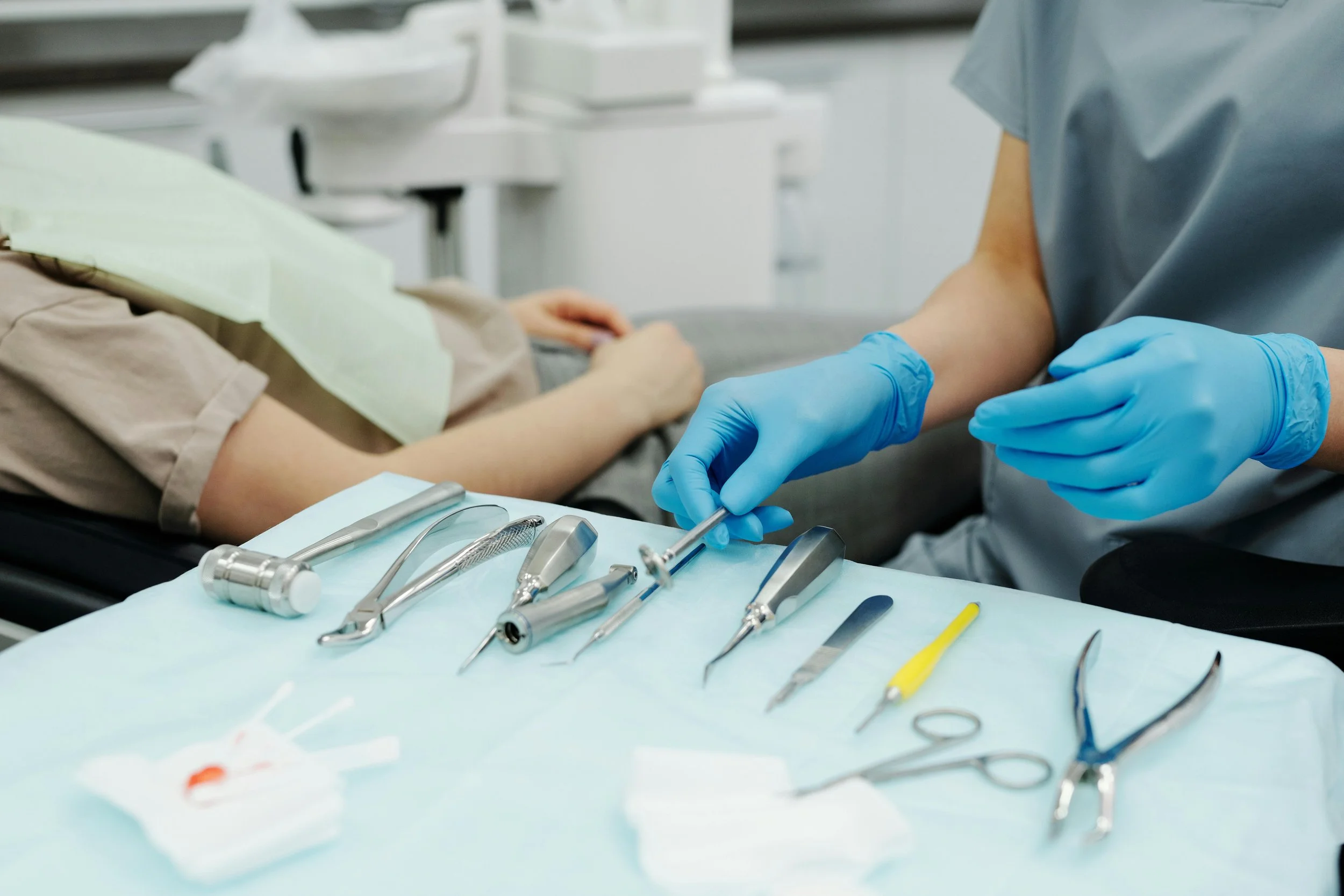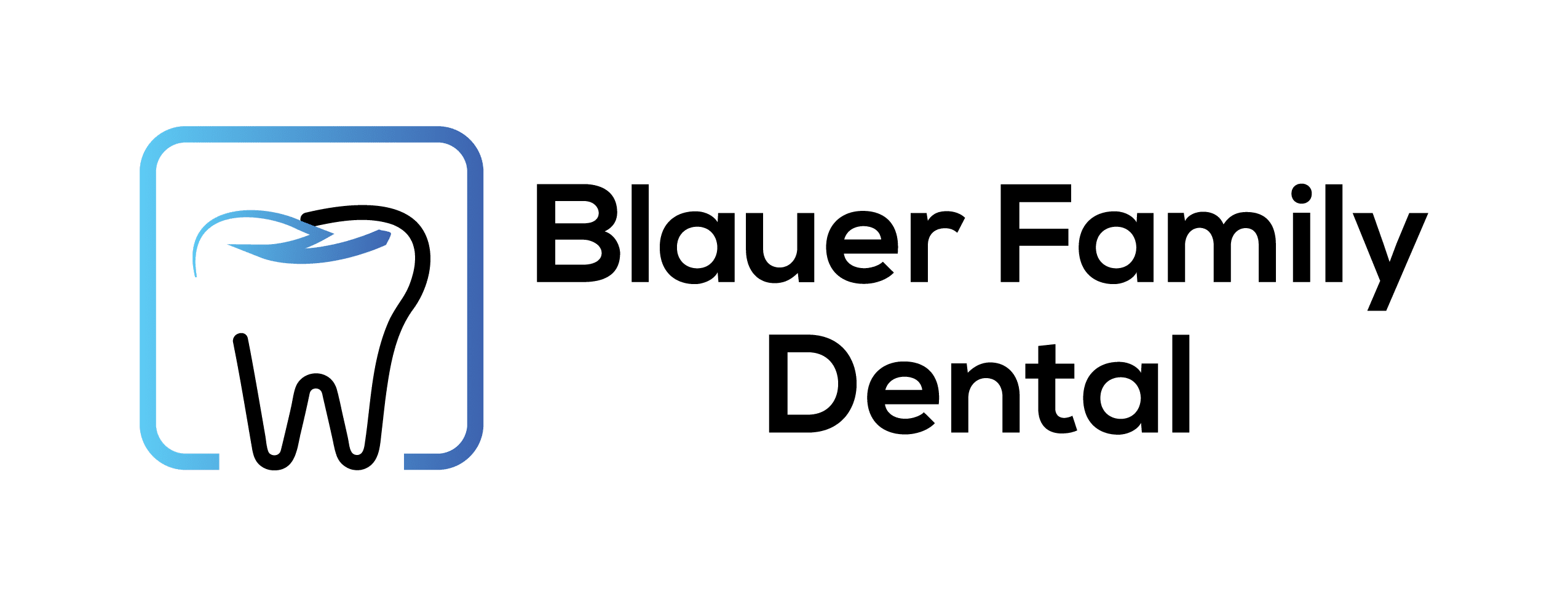A broken tooth is something many people fear, whether it’s caused by a sudden injury, biting into something hard, or long-term wear and tear. But the question that often follows immediately is, can a broken tooth be fixed?
The good news is that in many cases, it can. Advances in modern dentistry offer a variety of solutions for repairing broken teeth, from cosmetic bonding to full crowns, depending on the severity and location of the break.
However, not all tooth damage is the same. The ease or complexity of the repair depends on several factors, such as how much of the tooth is missing, whether the nerve or root is affected, and the overall health of the surrounding gums and bone. Some breaks are purely cosmetic, while others may require urgent intervention to prevent infection or tooth loss.
In this article, we’ll walk you through everything you need to know about broken teeth. We’ll cover what typically causes teeth to break, which types of breaks are usually repairable, and the most common methods dentists use for tooth repair.
We’ll also highlight the specific considerations around repairing a broken front tooth, the risks of attempting a DIY fix using online tutorials, and why it’s crucial to seek professional evaluation. Whether you’re dealing with a recent break or just want to be prepared, this guide will help you understand your options and take the next best step.
Overview of Key Sections
-
Common causes of broken teeth
-
Types of breaks and what they mean
-
Situations where repair is possible
-
Techniques dentists use for repairing broken teeth
-
The difference between front tooth breaks and other broken teeth
-
Risks of DIY repairs or following online tutorials
-
Why a professional evaluation is essential
-
What to expect after a repair
Why Teeth Break: Causes of Damage

Teeth break for many reasons, sometimes suddenly, sometimes over time. A few common causes include trauma from an accident or sports injury, chewing hard foods like ice or candy, or long-term teeth grinding (bruxism).
Other times, a tooth weakens over time due to age, enamel wear, untreated cavities, or large fillings that compromise structural integrity. Even seemingly minor factors like clenching your jaw or biting pens can lead to a crack or chip under the right conditions.
Types of Breaks and How Severe They Are
Not all broken teeth are the same. Understanding how a tooth breaks helps determine if it can be fixed. Here are common types:
-
Chipped tooth. Small pieces of enamel break off; usually minor and often cosmetic.
-
Fractured cusp. Part of the chewing surface breaks, often where a filling was placed.
-
Crack in the tooth. Can be vertical, slanted, or horizontal; sometimes extends toward the root.
-
Split tooth. The tooth fractures into separate parts, often due to deep, untreated cracks.
-
Vertical root fracture. Cracks that run under the gum and toward the root, typically more severe and harder to treat.
When Repair Is Usually Possible
In many scenarios, yes, a broken tooth can be fixed, especially when the damage is caught early and managed properly. Repair is usually possible when:
-
The break is mostly in the enamel or near the surface, not involving the pulp
-
The crack does not extend below the gum line or into the root
-
The tooth fragments are intact or retrievable
-
The surrounding bone and gum tissues are healthy
Even for a broken front tooth, which is more visible and often more sensitive, repairs are often achievable using conservative or cosmetic dental methods.
Techniques Dentists Use for Tooth Repair
Dentists have several approaches for tooth repair, and the right method depends on the type, location, and extent of the damage:
-
Dental bonding. Composite resin is color-matched and sculpted to fill small chips and cracks, especially in front teeth.
-
Dental veneers. Thin porcelain or resin shells bonded to the front of a tooth to restore shape and color after a visible break.
-
Crowns. When a large portion of the tooth is damaged, a dental crown (cap) can cover and protect the remaining structure.
-
Root canal therapy. If the break exposes the pulp, a root canal may be needed to remove the infected tissue before placing a crown.
-
Extraction and replacement. In severe cases, the tooth may need to be removed and replaced with a dental implant, bridge, or partial denture.
What Tooth Repair Cannot Do
While modern dentistry offers a wide range of effective solutions to fix broken teeth, it’s important to understand that tooth repair has its limitations. Not every break can be fully reversed, and some conditions may require more extensive intervention than a simple filling or cosmetic fix.
First, dental repair cannot restore a tooth that is cracked below the gum line or deep into the root. When the damage extends beneath the surface, especially into the root structure, it becomes extremely difficult to treat without compromising the long-term health of the tooth. In such cases, saving the tooth may not be feasible, and removal could be the only safe option.
Second, dentists can’t rebuild a severely infected or decayed tooth without root canal therapy. If bacteria have entered the pulp chamber or caused an abscess, simply patching the visible damage won’t address the underlying problem. In these situations, removing the infected tissue through endodontic treatment is necessary before the tooth can be restored.
It’s also important to recognize that tooth repair won’t permanently prevent future breakage if the underlying cause isn’t addressed. For instance, if grinding or clenching led to the original break and those habits continue without intervention, such as wearing a night guard or managing stress, the tooth, or even others, may break again.
Additionally, a repaired tooth may not regain full natural strength. While materials like composite resin and ceramic crowns are durable, they don’t completely replicate the resilience of healthy natural enamel. Repaired teeth may still be more vulnerable to wear, pressure, or fracture and may require extra care or periodic monitoring by your dentist.
In some situations, the structural integrity of the tooth is simply too compromised. If a large portion of the tooth is missing or multiple fractures exist, your dentist may advise extraction and replacement as the more reliable, long-term option. Though this outcome may sound daunting, it often leads to better oral health outcomes when repair is no longer practical or effective.
Dangers of DIY Fixes or Online Tutorials
It’s tempting to search for home remedies online when dealing with a dental emergency. But trying to fix a broken tooth yourself carries serious risks:
-
Infection. Non-sterile materials or improper techniques can introduce bacteria
-
Further damage. Poorly applied adhesives or DIY resin kits can worsen cracks or apply uneven pressure
-
Misalignment. Fixes that don’t match your bite can lead to discomfort, wear, or even jaw issues
-
Hidden complications. What looks like a minor chip may involve nerve exposure or deep structural problems
Even temporary “fixes” like dental wax or at-home glue should only be used until you can get to a dentist, not as long-term solutions.
Risk If Left Untreated
What starts as a small chip or minor crack can quickly develop into a much larger dental problem if not addressed by a professional.
One of the most common risks is infection or abscess formation. When a break exposes the inner layers of the tooth, bacteria can enter the pulp chamber and cause an infection. This may result in swelling, pus, severe pain, and in some cases, fever or the spread of infection beyond the tooth itself. Left untreated, an abscess can damage surrounding tissues and may even require surgical intervention.
Another potential outcome is nerve damage, which can cause chronic pain or sensitivity to temperature and pressure. In cases where the nerve is partially exposed or inflamed, symptoms might start subtly and worsen gradually, eventually requiring root canal therapy to remove the affected tissue.
There’s also the risk of spreading decay. A broken tooth creates rough edges and vulnerable surfaces where plaque and bacteria can accumulate more easily. If decay spreads to nearby teeth, what could have been a single repair may turn into multiple restorations or even more serious treatment needs.
In some cases, tooth loss becomes a possibility, especially if the tooth splits below the gumline or develops a deep fracture that compromises its stability. Once a tooth is lost, replacement options such as implants or bridges become necessary to preserve function and appearance.
Finally, leaving a broken tooth untreated can lead to jawbone damage or bite misalignment. A damaged or missing tooth may cause neighboring teeth to shift out of place over time, affecting how your teeth come together. This can lead to discomfort, difficulty chewing, and in some cases, joint pain or headaches.
Even if the damage appears minor, it’s important to take action. Early intervention can prevent many of these complications, reduce the need for invasive treatment, and help you preserve your natural tooth for as long as possible.
Why a Professional Diagnosis Is Key

Only a trained dental provider can determine the best course of action for your situation. During your visit, the dentist will:
-
Visually assess the extent of the break
-
Take X-rays to check for root involvement
-
Test for sensitivity, infection, or pulp exposure
-
Evaluate the tooth’s structure and surrounding tissues
Based on these findings, your dentist will recommend the most appropriate repair or replacement. In some cases, emergency treatment may be necessary, especially if the damage is deep or painful.
If you’re near the Black Hills, scheduling with a dentist near Lead can ensure your treatment is timely, effective, and tailored to your needs.
What to Expect After Tooth Repair
Recovery after repairing a broken tooth depends on the procedure. Bonding or small fillings often require no downtime, while crowns, root canals, or extractions may take more time and care. Your dentist may advise:
-
Avoiding hard or sticky foods for a few days
-
Using sensitivity toothpaste if nerves were irritated
-
Returning for follow-ups to check the integrity of the repair
-
Wearing a night guard if grinding caused the original damage
Most patients resume normal activity quickly and find their repaired tooth both functional and natural-looking.
Essential Advice to Remember
If you’re asking can a broken tooth be fixed, the answer is often yes, but with important considerations. Repair depends on the severity and location of the break, your oral health, and how quickly you seek treatment.
Trying to fix the issue yourself can make things worse, so it’s best to consult a qualified provider. Whether it’s a broken front tooth, a molar fracture, or just a chipped edge, a personalized treatment plan from a professional will give you the best outcome.
Sources
-
Chipped Tooth: Causes, Symptoms & Repair – Cleveland Clinic https://my.clevelandclinic.org/health/diseases/chipped-tooth
-
Cracked Tooth (Fractured Tooth) – Cleveland Clinic https://my.clevelandclinic.org/health/diseases/21628-fractured-tooth-cracked-tooth
-
Review of Cracked Tooth Syndrome: Etiology, Diagnosis – NCBI (PMC) https://www.ncbi.nlm.nih.gov/pmc/articles/PMC8694987/
-
Five Ways to Fix a Chipped Tooth – Penn Dental Medicine https://penndentalmedicine.org/blog/chipped-or-cracked-teeth/
